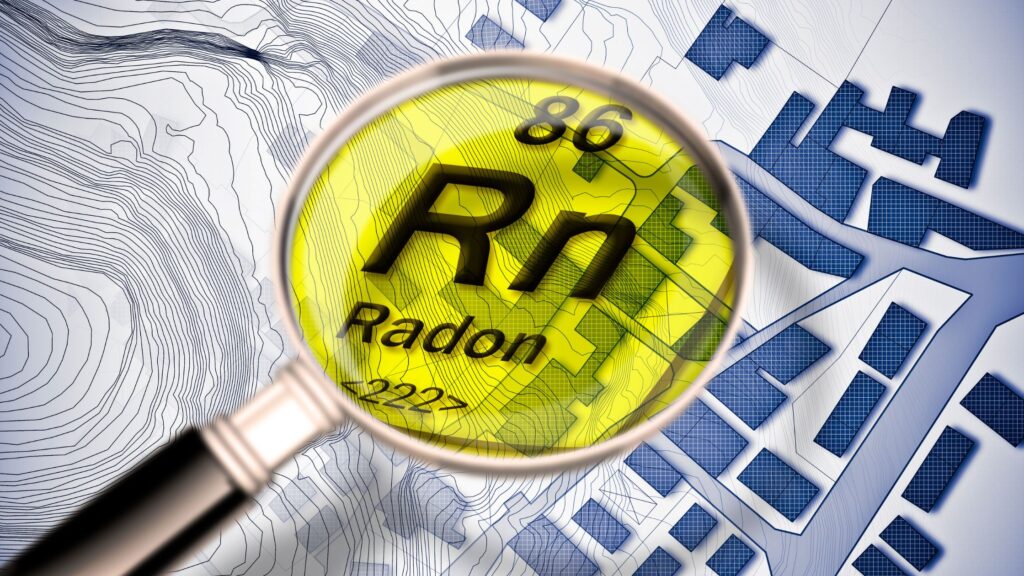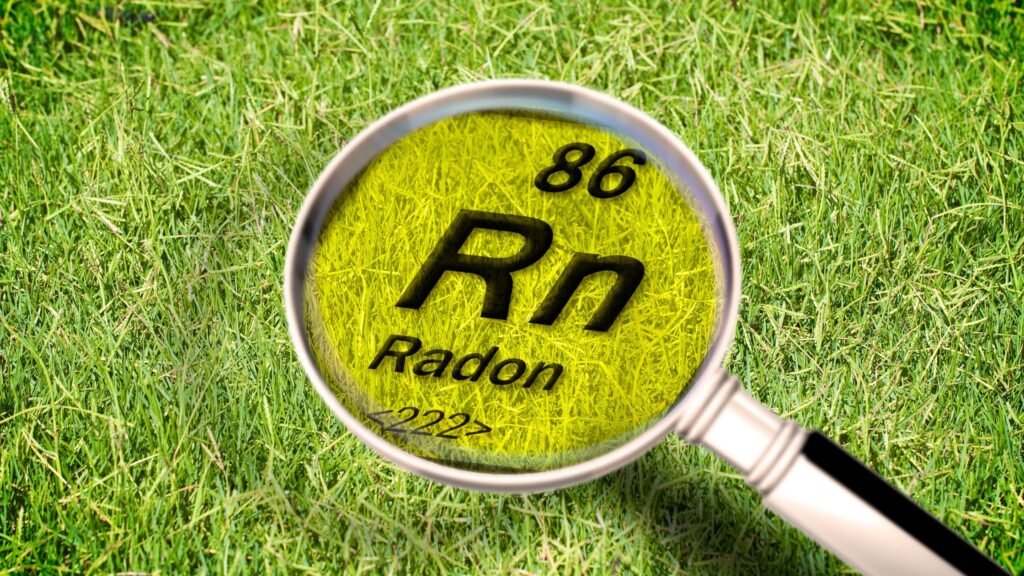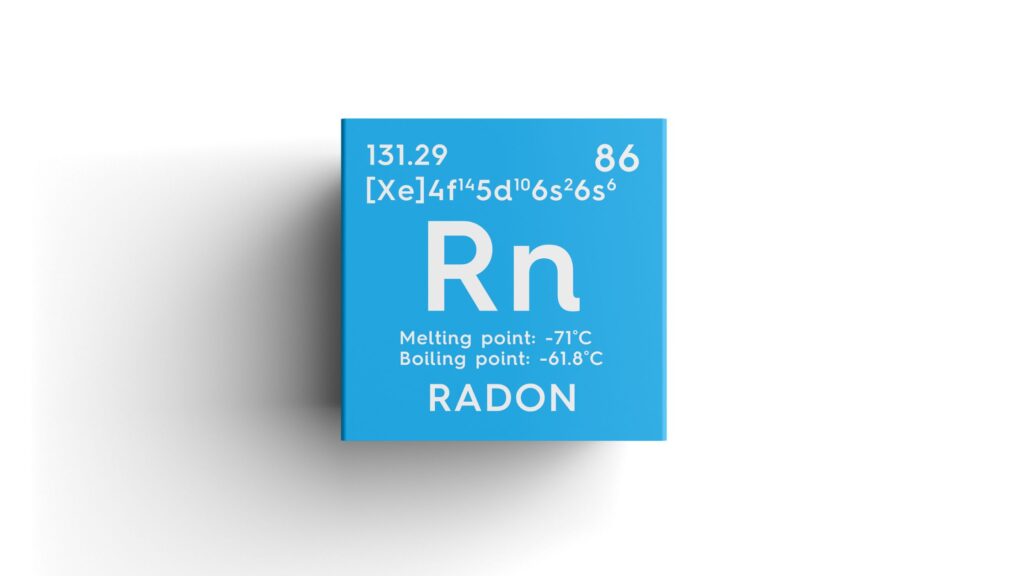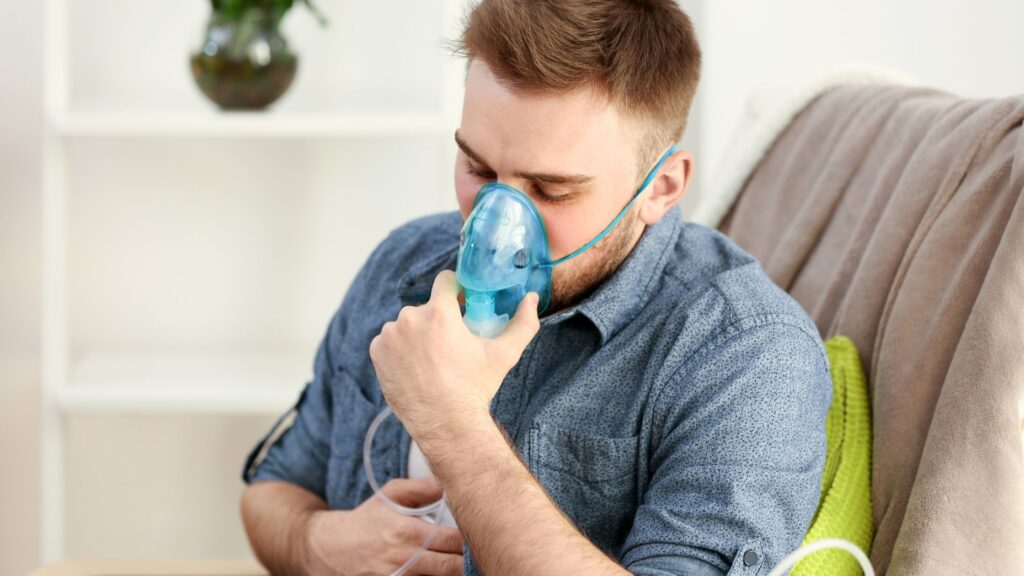Radon isn’t something you can see, smell, or touch—but it’s closer than you think. This invisible gas rises quietly from the ground, entering homes and buildings through the smallest openings. Understanding where radon is found helps homeowners uncover hidden risks, protect their families, and create healthier living environments.
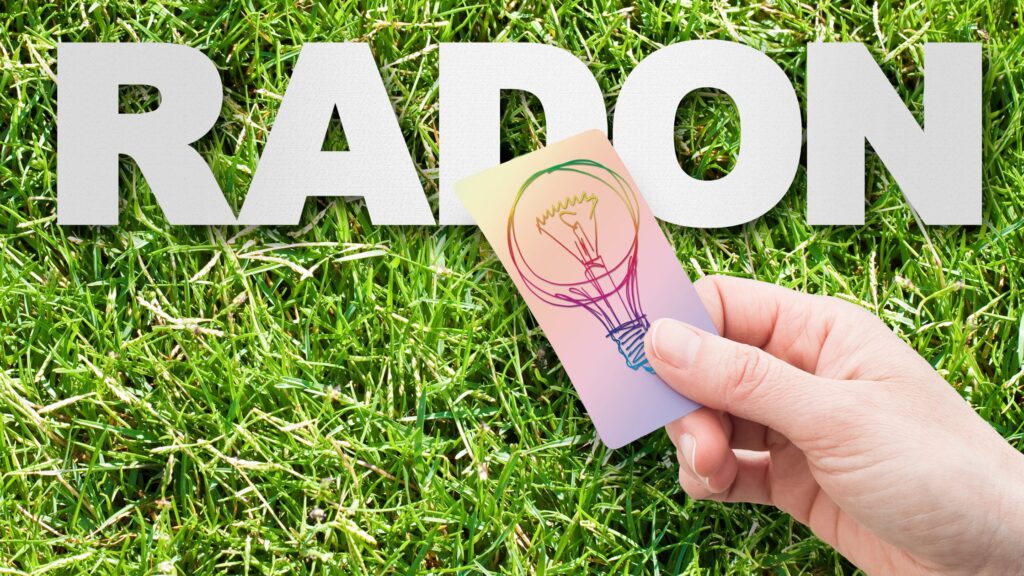
What Is Radon and How It Forms
Radon is a naturally occurring radioactive gas produced when uranium and thorium minerals present in rocks and soil decay deep underground. As these elements break down, radon is released into the surrounding air pockets and gradually moves toward the surface. Outdoors, it disperses harmlessly. Indoors, however, it can accumulate to dangerous concentrations, posing a serious health risk over time.
Because it cannot be seen, smelled, or tasted, radon often goes unnoticed for years. Its silent nature makes professional testing the only reliable method of detection.
Where Radon Originates in the Environment
To understand where radon is found, one must begin with the geology beneath the surface. Radon originates in soil, rock, and groundwater. It migrates upward through cracks, gaps, and porous pathways, eventually reaching the air above.
Areas with uranium-rich soil, such as those containing granite or shale, typically record higher radon levels. Yet even regions considered low-risk can produce elevated readings depending on local soil permeability and building design. The gas is unpredictable—it follows no visible pattern, and that makes regular testing essential.
How Radon Enters Residential Spaces and Buildings
Once radon reaches the surface, it seeks the path of least resistance into enclosed spaces. Common entry points include:
- Foundation Cracks and Gaps: Tiny openings in floors or walls allow radon to seep in and build up indoors.
- Crawl Spaces and Sump Pits: Unsealed soil or joints let radon travel upward through vents and gaps.
- Pipes and Utility Openings: Gaps around pipes and drains act as hidden radon entry points.
- Building Materials: Natural materials like granite or concrete can emit small amounts of radon.
- Energy-Efficient Homes: Tightly sealed homes trap air, causing radon to accumulate faster indoors.
Identifying and sealing radon entry points is essential. With proper ventilation and mitigation, homeowners can keep indoor air safe and radon levels low.
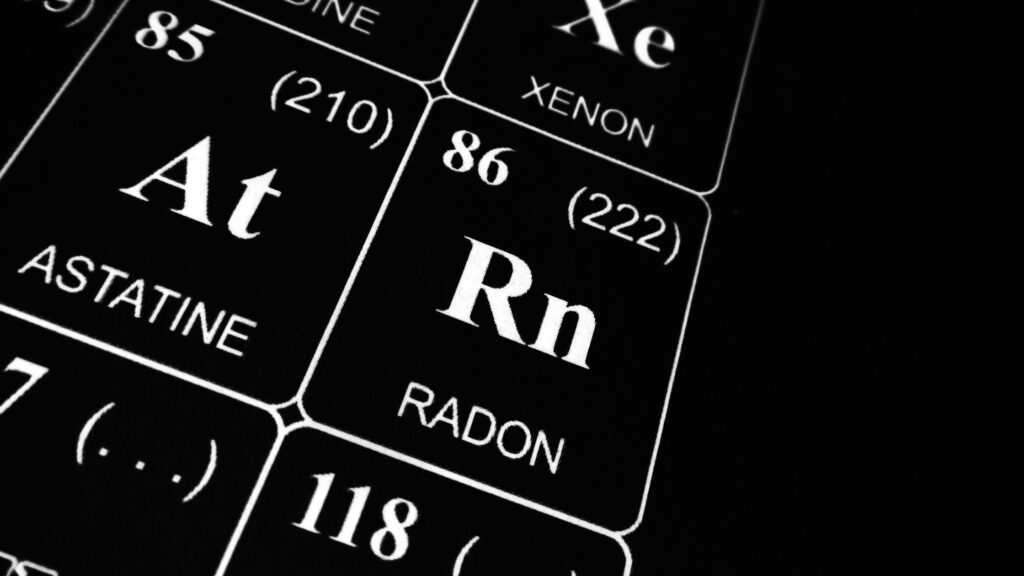
Where Radon Is Found and Why It Matters
Radon is most commonly present in soil gas, but it can also dissolve in groundwater and other sources. Understanding where radon is found empowers homeowners and builders to design safer structures, implement ventilation improvements, and invest in professional mitigation systems before health is compromised. Here’s a quick breakdown:
a) Soil Gas
Radon mainly forms underground from uranium decay and seeps upward through soil pores and cracks. When foundations have gaps or unsealed joints, it easily enters and accumulates indoors, especially in basements and lower floors.
b) Groundwater Sources
Radon dissolves in groundwater, particularly in private wells from areas with high uranium concentrations. When used for activities like showering or cooking, it escapes into the air, increasing indoor exposure risks.
c) Surface vs. Underground Water
Surface water holds minimal radon since the gas escapes into the air. Underground aquifers, however, retain higher concentrations due to contact with uranium-rich rock, making well water more vulnerable.
d) Indoor Accumulation
Once inside, radon collects in poorly ventilated areas, such as basements or crawl spaces. Closed windows in winter worsen buildup, making regular testing and good airflow essential for safety.
Radon exposure is the second leading cause of lung cancer after smoking. Continuous inhalation of radioactive particles damages lung tissue, leading to health risks that develop slowly over time. The absence of immediate symptoms often leads homeowners to underestimate the danger. Learn more about What Is Radon?
Professional Radon Testing and Mitigation
A professional radon specialist carefully evaluates your property using precise testing and analysis to detect radon sources and concentration levels. Certified technicians use advanced tools to identify entry points and recommend the best mitigation method to ensure your home remains safe and compliant with health standards.
The most effective solution, known as sub-slab depressurization, creates a controlled vacuum beneath the foundation to draw radon gas from the soil and vent it safely outside. Combined with sealing techniques and periodic monitoring, this system provides long-term protection.
Practical Steps to Reduce Radon Risk
To keep your indoor air safe, follow these essential steps:
- Test your property with professional-grade radon detectors.
- Seal visible cracks in walls, slabs, and foundations.
- Increase natural and mechanical ventilation in lower levels.
- Install a certified mitigation system if readings exceed safe limits.
- Re-test after renovations or foundation modifications.
Taking these proactive measures ensures your home remains safe and compliant with current health standards.

Conclusion
Knowing where radon is found is more than an exercise in science—it’s a commitment to safety. This invisible gas can emerge anywhere, regardless of geography or home age. With expert testing and mitigation, you can prevent its accumulation and safeguard your air quality.
For comprehensive detection, mitigation, and ongoing monitoring, trust DSM Radon—your dedicated partner in professional radon control. Their certified specialists help ensure your indoor environment remains clean, compliant, and secure for years to come.
FAQs
1. Can new homes have radon problems, too?
Yes. Even newly constructed homes can develop high radon levels if they are built on uranium-rich soil or lack proper sealing and ventilation.
2. What radon level is considered unsafe?
Any level above 4.0 pCi/L warrants professional mitigation, though many experts recommend reducing levels below 2.0 pCi/L for maximum safety.
3. Does ventilation alone eliminate radon?
Improved airflow can reduce concentration temporarily, but it doesn’t stop radon entry. A mitigation system provides continuous protection.
4. How often should radon testing be done?
Test every two years and after any structural changes. Regular testing ensures your system continues to perform effectively.

